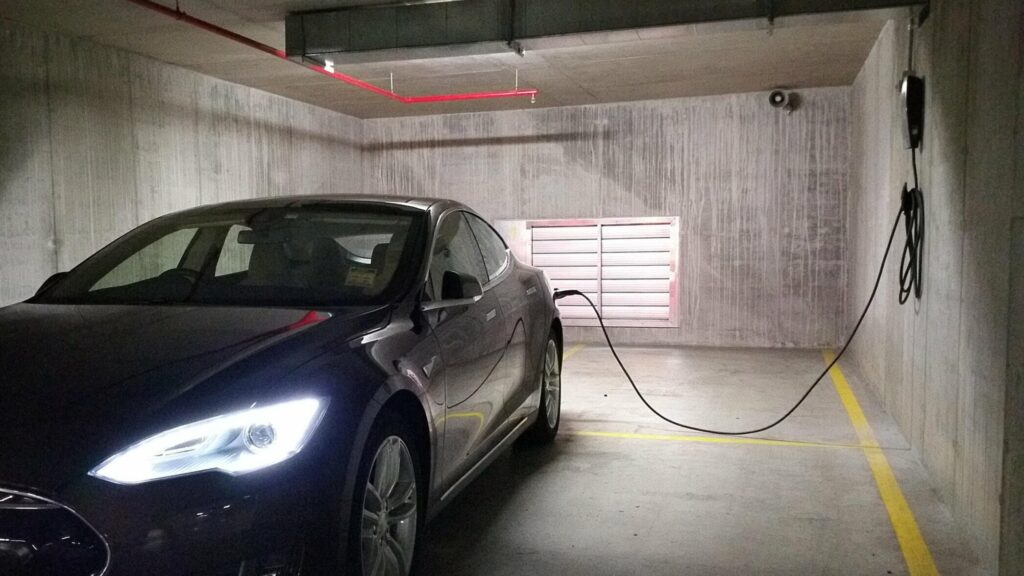A lot of us have been spending less time on the road recently, for obvious reasons. Australia’s State and Commonwealth governments have offered guidelines for many of our essential daily functions: shop for essentials only, work from home if possible, don’t take social calls.
But there are still questions to be answered, and for electric vehicle owners that includes:
Should I leave my EV plugged in for long periods of inactivity?
Yes, you should keep your EV plugged in when you aren’t using it. That’s the simple answer and if you read no further, at least remember that. The costs of letting your EV battery reach 0% are much greater than any possible drawbacks to leaving it plugged in. Tesla makes it crystal clear in their Model S owner’s manual:
“The most important way to preserve the [Model S] battery is to LEAVE YOUR VEHICLE PLUGGED IN when you are not using it.”
We didn’t add the emphasis there, Tesla did. Regardless of the situation, they advise keeping their EVs plugged in to allow the onboard systems to dynamically monitor and allocate charge as it’s needed. If your EVs’ manual advises differently, always follow the manufacturer’s instructions. Otherwise, leaving your EV plugged in is generally best.
How your EV receives charge
If you’re charging at home, you’ll be using either a portable charging cable or a home charging station. Both of these deliver AC power to your EV, which your vehicle ‘inverts’ to DC internally to fill the battery.
So while the charger determines how much electrical current is available, it’s the car that ultimately decides how much to accept. Once it hits 100%, the rate of charge is drastically reduced to maintain that level while the vehicle’s essential functions drain a small amount of energy.
EV owners will know that if a vehicle is left unplugged for days or weeks at a time, the charge level will gradually go down to maintain those same essential functions. This process is called ‘vampire drain’ or ‘phantom drain’.
If the battery is drained completely, those functions are forced to stop and the car might need a jump start or even a replacement of the 12V systems battery. Note: this is not the car’s main battery, but rather a smaller one designed to run internal systems like heating, AC, GPS, etc.
Obviously, a full drain must be avoided at all costs, which is why most manufacturers recommend leaving cars plugged in at every opportunity. But that isn’t always possible.

How fast does an EV battery drain if left unplugged?
For a Tesla, the rate of ‘phantom drain’ is estimated at around 1% battery drain per day. This can go up or down depending on the vehicle’s settings and the temperature. Owners of all kinds of EVs have reported drain at wildly varying levels, particularly in extreme cold.
Other settings, like Tesla’s sentry mode or fast wake-up can increase the rate of phantom drain.
What settings are best for leaving my EV plugged in long-term?
The best way to protect your battery in the long term is to keep it in the mid-range of charge. If you don’t need 100% of your battery capacity, Tesla and other manufacturers recommend only charging to 80% day-to-day and especially when using DC fast-chargers. It is also best to keep the vehicle above 20% charge if possible. The extreme highs and lows are where most of the battery wear and tear takes place.
Almost every EV allows owners to control the maximum level of charge. For long periods of inactivity at home, we recommend setting it to 50% and leaving the car plugged in. This will minimise battery degredation and leave you enough charge for any essential trips in this period of self-isolation.
For more information on EVs and charging, check out the RESOURCES section of our website. Now is as good a time as any to do some research. Stay safe, folks.


